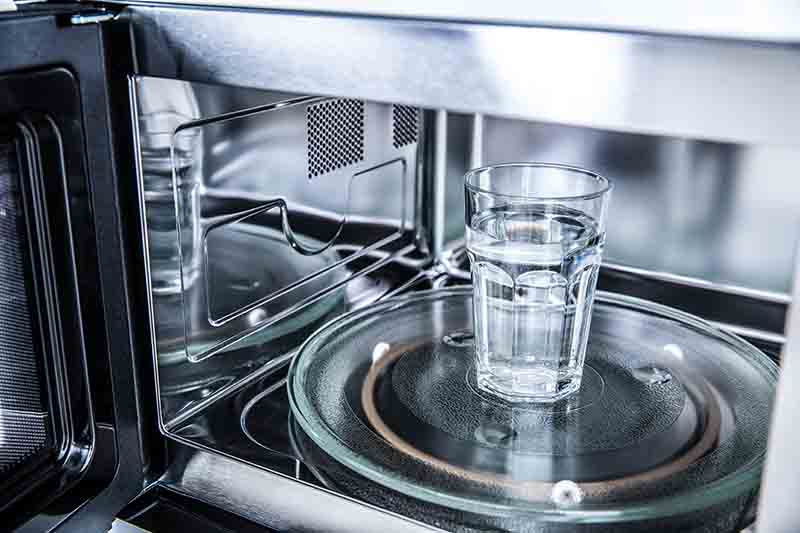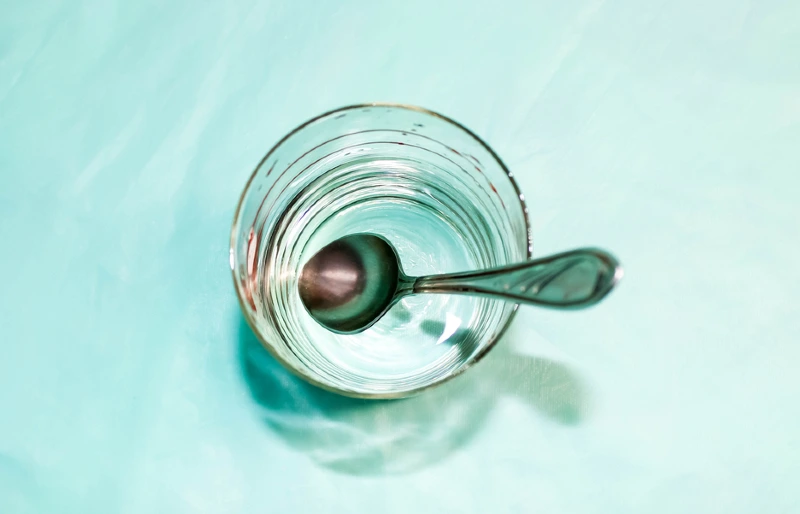Can You Boil Water in the Microwave? (Microwave Safety Tips)
-
Brooke Bundy
- Last updated:

Microwaves can reheat homemade dinners in a flash and cook freezer meals in minutes. You might wonder if you can safely boil a cup of water in the microwave to make your life even easier. After all, what good is instant coffee or oatmeal if you must wait for water to boil on the stove? The answer is yes, you can certainly boil water in the microwave. What’s more, though, you can actually raise the temperature beyond boiling, which can cause it to explode. Let’s talk more about the practical concerns about using your microwave to heat and boil water, as well as how to do it safely.
How to Boil Water in the Microwave
We recommend using an electric kettle or a stovetop for best results, but we understand there may be times where that’s not a practical option. To safely boil water in the microwave, you’ll need to:
- Select a microwave-safe dish. Glass or ceramic is a better choice than plastic. Just be sure to check and see if your dish is marked microwave safe.
- Pour water in the dish and stir. Mix the water before putting it in the microwave in order to level out any temperature irregularities before heating. It’s best to use a microwave-safe spoon that you can leave in the microwave. If you do choose to use a regular plastic or metal spoon, remember to remove it before you begin.
- Heat the water in 30 second intervals. After the timer runs out, open the microwave door and stir the water again. It should take about 1-2 minutes for water to boil in a 1000-watt microwave.
- If the water doesn’t appear hot enough, repeat the cycle one or two more times. Remember to stir each time and remove your spoon if it’s not microwave-safe.
- Once your water is finished, remove your cup with hot pads. Protect your hands and carefully lift the boiling water out of the microwave. Stir again before adding the remainder of your ingredients.

Why Do Some People Think It’s Not Okay to Boil Water in the Microwave?
Seemingly mythical tales attest that burns can come from water that seems to “erupt” from a newly microwaved cup. These tales aren’t mere internet forum yarns, but they are probably not as common as they might seem.
Microwaved water that’s heated past its boiling point does have the potential to leap out of the cup and scald you. This is because water molecules in the microwave are heated randomly, which results in pockets of cold and super hot water. The water won’t necessarily appear to be anywhere near the boiling point because only some of the particles actually are. When you retrieve the cup from the microwave, the newly disturbed super hot particles can form bubbles and pop, spraying your face and hands with scalding water. However, this is much more likely to happen if you’re heating the water within a smooth surface, such as a never used cup or plastic bowl. A cup or bowl with minor scratches, or foreign matter such as coffee grounds or sugar, jostles around these molecules as they’re heating which can reduce the risk of popping later.
You should always stir the water with a spoon before microwaving, and then nuke in intervals, taking a break to occasionally stir again. This should help prevent this strange phenomenon from occurring to you. After all, disastrous moments like these are funny on the Internet, but not when they’re happening to our own face.

Other Reasons You Might Not Want to Boil Water in the Microwave
In general, people have made claims that microwaved food might not be as good for us as food prepared in more conventional methods. However, a lot of these notions aren’t scientifically proven, and so far, there haven’t been any claims made specifically about microwaved water. For now, we consider it to be a safe method of boiling water, as long as you use a microwave-safe dish.
Certain plastics and glazes on all types of materials aren’t able to be nuked without possibly leaching toxins into your food, not to mention damaging the dish. Always check the bottom of the dish to make sure it’s microwave-compatible. When possible, consider switching from plastic to microwave-safe glass to reduce the leakage of harmful plastic components such as phthalates.
Conclusion
While it’s best to use an electric kettle to achieve even heating, you can use a microwave to boil water in a pinch. Always use a microwave-safe dish, and heat in intervals. Remember to stir after each cycle to eliminate hot pockets of scalding water and protect your hands when you retrieve the cup. Current studies suggest that microwaves are a safe and effective way of heating our food, as long as you don’t burn yourself, or use dishes that could potentially leach plastic into your food.
- Microwave Dangers: Urban Myth Or Frightening Reality? | Everyday Health
- Is it safe to microwave food? – BBC Future
- Fact or Fiction? Exploding Water in the Microwave | Kitchen
- Risk of Burns from Eruptions of Hot Water Overheated in Microwave Ovens | FDA
- Can You Boil Water in the Microwave, and Should You?
- Microwave Ovens and Health: To Nuke or Not to Nuke?
Featured Image Credit: Marian Weyo, Shutterstock
Contents
